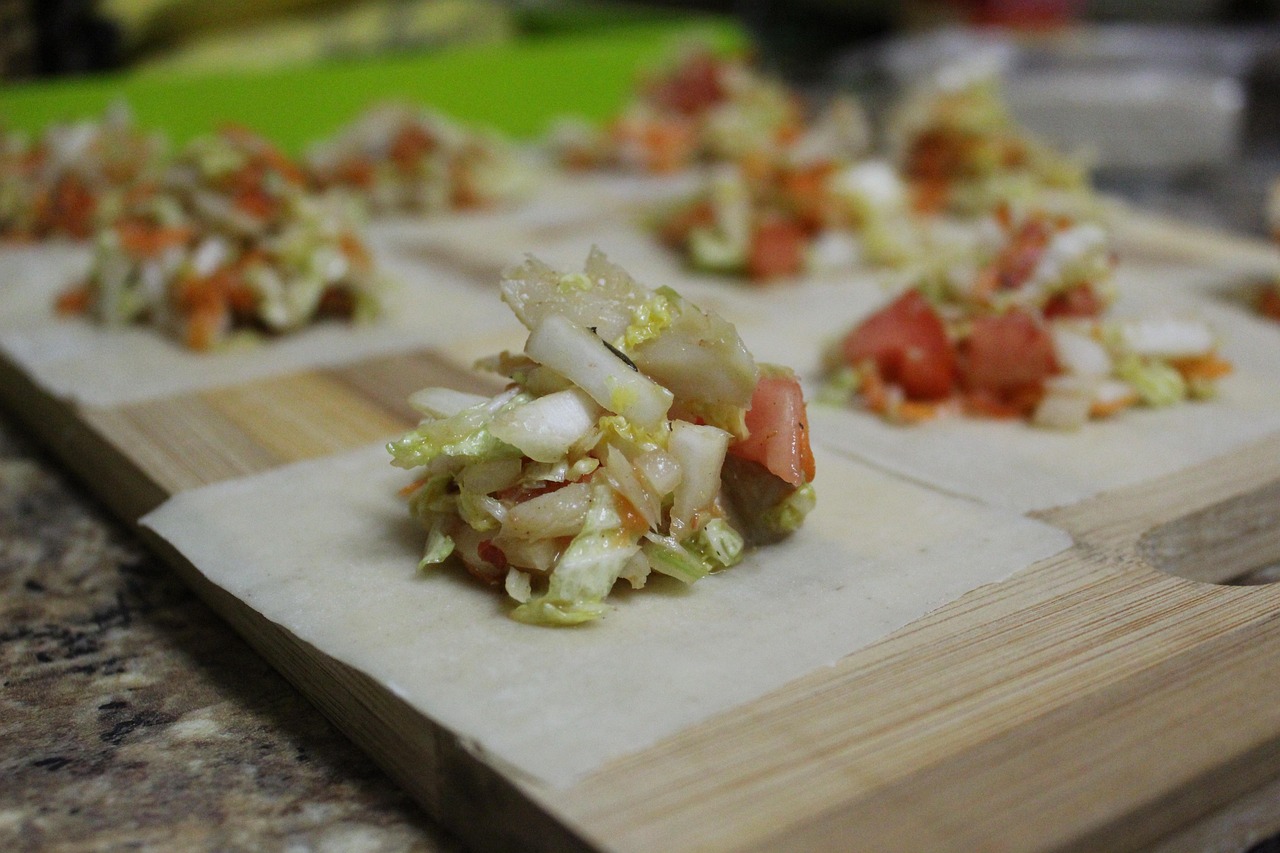Ever reached for a bag of veggie crisps thinking you’re making a healthier choice, only to wonder if they’re actually good for you? You’re not alone. With colorful packaging and claims of being “made from real vegetables,” veggie crisps have become a popular snack. But are they truly nutritious, or just clever marketing?
In this guide, we’ll break down what veggie crisps really are, their pros and cons, store-bought vs. homemade options, and expert-backed tips for choosing (or making) the best ones. Let’s dig in!
What Are Veggie Crisps?
Veggie crisps are snack chips made from vegetables—sometimes whole, sliced, or powdered—and then baked, fried, or dehydrated. Common veggies used include:
-
Sweet potatoes
-
Beets
-
Carrots
-
Parsnips
-
Kale
-
Spinach (in powdered form)
But here’s the catch: Not all veggie crisp are created equal. Some are just potato crisps with a sprinkle of veggie powder for color.
Are Veggie Crisps Actually Healthy?
The Pros:
✅ More nutrients than regular crisps – Real veggie crisp contain fiber, vitamins (A, C, K), and antioxidants.
✅ Lower in calories (sometimes) – Baked or air-fried versions can be lighter than traditional potato chips.
✅ Gluten-free & vegan-friendly – Great for those with dietary restrictions.
The Cons:
❌ Often fried in oil – Many commercial brands are deep-fried, making them high in fat.
❌ Added salt & sugar – Some contain just as much sodium as regular crisps.
❌ Misleading marketing – “Veggie” doesn’t always mean “healthy” (some are mostly starch with minimal veggies).
Expert Insight:
“While veggie cris can be a better alternative to potato chips, they’re still a processed snack. The healthiest option? Make your own or check labels for minimal additives.” – Dr. Sarah Johnson, Nutritionist
How to Pick the Best Store-Bought Veggie Crisps
Not all brands are equal. Follow these tips when shopping:
✔ Check the ingredients list – The first ingredient should be a whole vegetable (not “potato starch”).
✔ Look for “baked” or “air-fried” – These are usually lower in fat than fried versions.
✔ Watch the sodium – Aim for <150mg per serving.
✔ Avoid added sugars – Some beet or carrot crisps sneak in sweeteners.
Top 3 Healthier Store-Bought Picks (2024):
-
Terra Exotic Vegetable Chips – Made with real sliced veggies, no artificial flavors.
-
Brad’s Veggie Chips – Dehydrated, not fried, with simple ingredients.
-
ProperCrisps Lentil & Pea Chips – High in protein and fiber.
How to Make Homemade Veggie Crisps (Easy & Crispy!)
Why DIY? You control the ingredients, oil, and seasoning—plus, they taste fresher!
3 Simple Methods:
1. Oven-Baked Veggie Crisp
Best for: Sweet potatoes, beets, zucchini
Ingredients:
-
2 cups thinly sliced veggies
-
1 tbsp olive oil
-
Salt, pepper, paprika (optional)
Steps:
-
Preheat oven to 190°C (375°F).
-
Toss veggie slices in oil and seasoning.
-
Bake on parchment paper for 15-20 mins, flipping halfway.
2. Air Fryer Veggie Crisp
Best for: Kale, carrots, parsnips
Ingredients:
-
2 cups chopped veggies
-
1 tsp oil
-
Garlic powder (optional)
Steps:
-
Toss veggies in oil.
-
Air fry at 160°C (320°F) for 8-10 mins, shaking occasionally.
3. Dehydrator Veggie Crisp
Best for: Long-term storage (no oil needed!)
Steps:
-
Slice veggies thinly.
-
Dehydrate at 60°C (140°F) for 6-8 hours.
Pro Tip: Soak root veggies in cold water for 30 mins before baking to remove excess starch for extra crispiness!
Creative Flavor Ideas
Spice up your crisps with these combos:
🔥 Spicy: Cayenne + lime
🧀 Cheesy: Nutritional yeast + garlic
🌿 Herby: Rosemary + sea salt
🍯 Sweet: Cinnamon + coconut sugar
Final Verdict: Should You Eat Veggie Crisps?
✅ Yes, if…
-
You choose brands with whole veggies & minimal additives.
-
You bake or air-fry them at home.
-
You eat them in moderation (they’re still a snack, not a meal!).
❌ No, if…
-
You assume all “veggie” crisps are healthy (some are just junk food in disguise).
-
You overconsume fried, salted versions.










